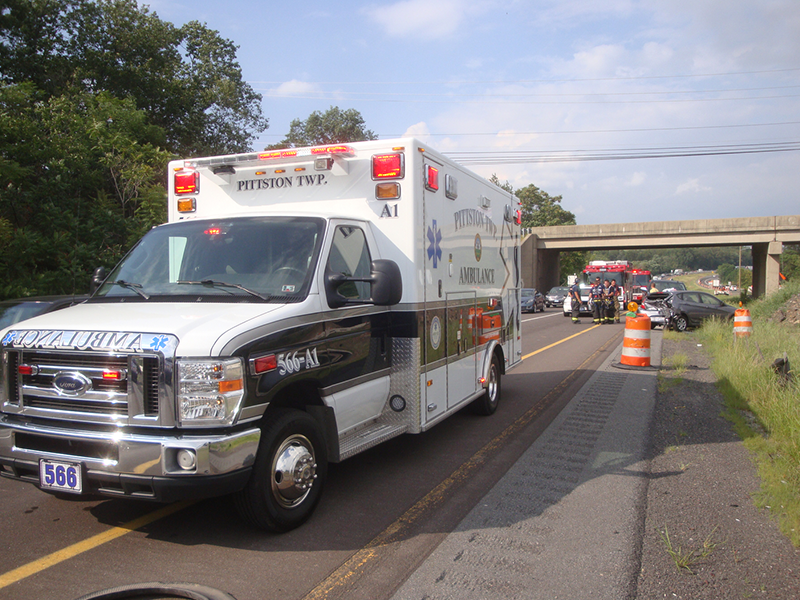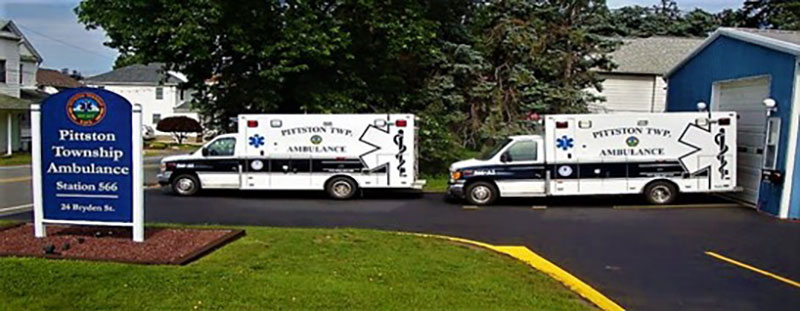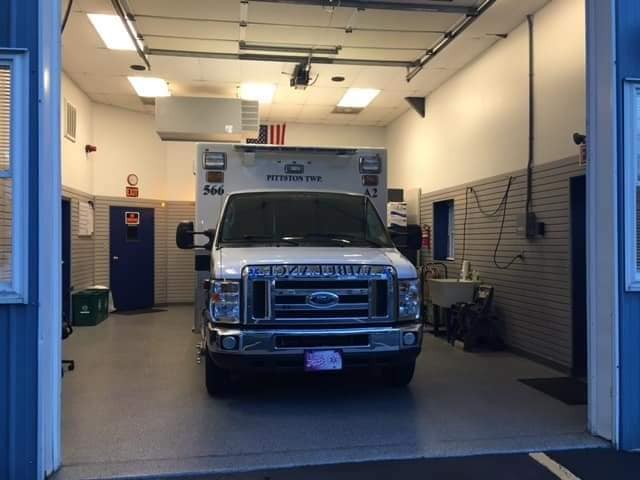Call Us Today! 📞 (570) 654-4717 Non-Emergency | Dial 911 For All Emergencies
WELCOME TO OUR WEBSITE
The Pittston Township Ambulance Association, centrally located in the Wilkes-Barre/Scranton metropolitan corridor of Luzerne County in Northeastern Pennsylvania USA, is a community non-profit Emergency Medical Service (EMS) serving a residential population of approximately 3,500 and an estimated transient population of 70 to 80 thousand commuters on a daily basis. The coverage area is 17 sq.miles and contains four major highways – PA Turnpike/Northeast Extension I-476, Interstate I-81, US Route 11, PA Rt 315; three growing industrial parks, two rapidly expanding retail districts, a juvenile detention facilty and the Wilkes-Barre/Scranton International Airport. There is a combination of different zoned areas that include residential, commercial/industrial, rural and wooded.
You’ll see that we do many things other than respond to 911 Emergencies. Contained within this web site are various pages for viewing at your leisure. We invite you to navigate through our pages that include public safety information, our membership program or check out the pictures in our photo gallery. We also have a listing of our Emergency Staff along with a history of our origin that tells how we evolved into what we are today.
Feel free to email us at the “Contact Us” link for any inquiry or comments regarding our operations.




